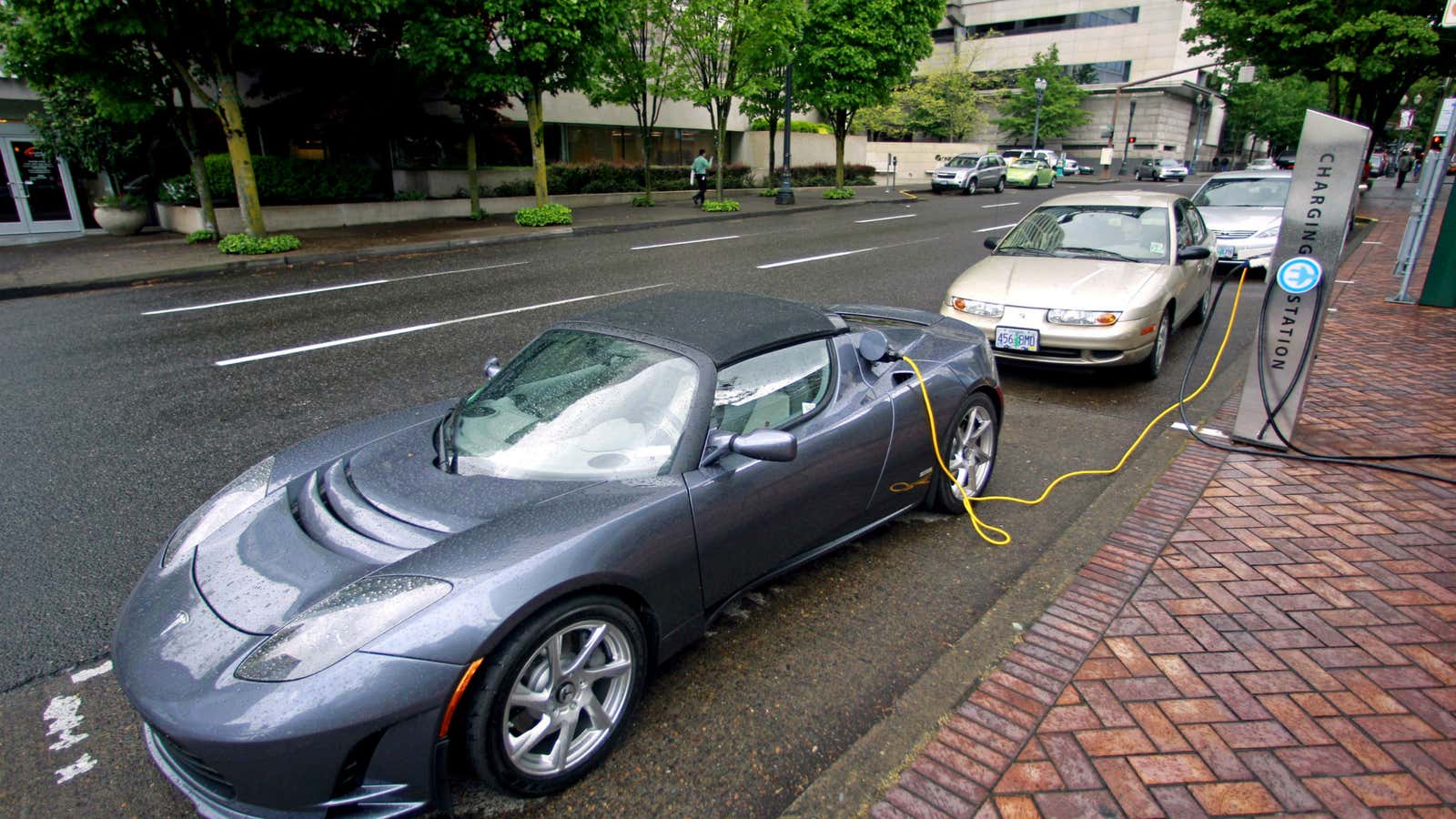As China continues its massive push in renewable energy, the Obama administration is doing so as well, betting another $120 million to win the global race for a better battery. The administration is allocating the money to a Bell Labs-style project that, over a five-year period, is intended to push the boundaries of current technology and create far more powerful transportation and stationary batteries.
The initiative is pitted against competing efforts in China, France, Israel, Japan, South Korea, the United Kingdom and elsewhere. It will be headquartered at Argonne National Laboratory, south of Chicago, which won the project this week in a competitive bid filed jointly with a team of US universities, companies such as Dow and Johnson Controls, and other national labs.
There is a defiant quality to the project. Renewable energy critics have spent the last year savaging President Barack Obama for what they brand as a fixation on fantastical dreams of a non-fossil fuel world. The critics pointed to the failure of high-profile, US-funded renewables projects including battery ventures such as A123 Systems. Obama, however, always framed his spending on solar, wind and batteries around economics—the US had to compete if China in particular was going to otherwise dominate the new energy era, and high-risk investment inherently meant that some efforts would fail. The announcement so soon after Obama’s defeat of Republican Mitt Romney, who helped lead the pro-fossil fuel charge, suggests a signal that he does not intend to curtail the policy.
The initiative bears the stamp of US Energy Secretary Steven Chu, who won his Nobel Prize for scientific work at Bell Labs, the legendary birthplace of the transistor and numerous other groundbreaking inventions.
As secretary, Chu’s thrust has been to lay down a latticework of world-leading renewable energy research in hopes of big breakthroughs that will reduce the use of fossil fuels. The battery project, announced by Chu in February, is his fourth so-called “Innovation Hub”—the others are in nuclear power, energy-efficient buildings, and photosynthesis.
Current lithium-ion batteries are not sufficiently powerful nor cheap to make electrified vehicles competitive with the internal combustion engine. Sales of electrified vehicles in both the US and China have been anemic, although the trend line is not far from the typical trajectory of new technology adoption.
Yet both countries have pushed ahead aggressively. On Nov. 28, the US Senate reversed an attempt to stop the country’s Navy and Air Force from incubating biofuels, solar power and hybrid electric drives for ships. In China, officials have make their own new push with incentives for electric buses and taxis.




